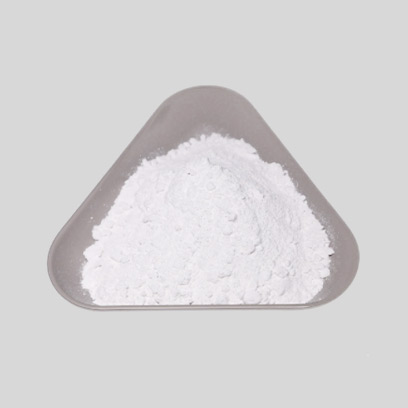
Dec . 06, 2024 23:58 Back to list
rutile anatase manufacturer
Understanding the Market for Rutile and Anatase A Look at Manufacturers
The titanium dioxide (TiO2) market is one of the most significant segments of the global chemicals industry, with applications spanning from pigments in paints and coatings to use in plastics and even in the food industry. Among the various forms of titanium dioxide, rutile and anatase are two polymorphs that are of particular interest to manufacturers and consumers alike. Both types offer unique properties and applications, catering to different segments of the market.
Rutile vs. Anatase Key Differences
Rutile and anatase are two naturally occurring forms of titanium dioxide, each exhibiting distinct physical and chemical properties. Rutile is known for its high refractive index and opacity, making it the preferred choice in applications that require superior whiteness and brightness, such as in high-quality paints and coatings. It is also more thermally stable than its counterpart.
In contrast, anatase has a lower refractive index and is typically less expensive to produce. Due to its smaller particle size, anatase is often utilized in applications requiring photocatalytic activity, such as in self-cleaning surfaces and water purification systems. Additionally, anatase has become the focus of research in the field of solar energy due to its potential efficiency in converting sunlight to energy.
Current Trends in the Rutile and Anatase Market
As the demand for eco-friendly and sustainable materials rises, manufacturers of rutile and anatase titanium dioxide are adapting to newer standards and consumer preferences. The construction and automotive industries, which are significant consumers of TiO2, are driving this trend, seeking materials that provide durability while minimizing environmental impact.
Manufacturers are increasingly investing in technological advancements to produce TiO2 with reduced environmental footprints. This includes adopting more efficient processes for extraction and production, as well as utilizing waste materials in the manufacturing process. These changes not only help meet regulatory standards but also appeal to environmentally conscious consumers.
Furthermore, the proliferation of nanotechnology has expanded the functionality of titanium dioxide. Nanostructured anatase, in particular, has gained traction in fields like photovoltaics, where it can enhance the efficiency of solar cells. Manufacturers are innovating to harness these advances, creating products that cater to the evolving needs of various industries.
rutile anatase manufacturer

The Role of Manufacturers in the Supply Chain
So, who are the key players in the rutile and anatase manufacturing landscape? The market is characterized by a mix of multinational corporations and regional producers who play significant roles depending on geographical factors and resource availability.
Major global producers of titanium dioxide, such as Chemours, Tronox, and Huntsman, dominate the market, leveraging extensive resources for research and development. These companies often set industry standards and have the capacity to provide large volumes of both rutile and anatase. Smaller, specialized manufacturers may focus on niche applications, catering to specific industries or regions.
In addition to production capabilities, manufacturers are also engaged in building strategic relationships with suppliers and customers to ensure stability in their supply chains. This is particularly crucial, as fluctuations in raw material prices and geopolitical factors can significantly impact production costs and timelines.
Looking Ahead The Future of Rutile and Anatase Manufacturing
As the world increasingly embraces greener technologies and sustainable practices, the future of rutile and anatase manufacturing appears promising. Companies that can innovate and adapt to changing market demands—all while maintaining product quality—will likely thrive.
Research into new applications for titanium dioxide continues to show potential, whether in advanced coatings, specialized pigments, or energy applications. With evolving technology and an increasing focus on sustainability, rutile and anatase manufacturers are poised to play a crucial role in the development of next-generation materials that can support environmental goals while meeting market demands.
In conclusion, the rutile and anatase manufacturing landscape is dynamic and ever-evolving. As key manufacturers navigate challenges and innovate for the future, the importance of both titanium dioxide forms will undoubtedly remain significant across various industries.
-
China Lithopone in China Supplier – High Quality Lithopone ZnS 30% Powder for Wholesale
NewsJun.10,2025
-
Top China Titanium Dioxide Company – Premium TiO2 Powder Supplier & Manufacturer
NewsJun.10,2025
-
Fast Shipping 99% Pure TiO2 Powder CAS 13463-67-7 Bulk Wholesale
NewsJun.10,2025
-
Top China Titanium Dioxide Manufacturers High-Purity R996 & Anatase
NewsJun.10,2025
-
Lithopone MSDS Factories - Production & Quotes
NewsJun.10,2025
-
High-Quality Titanium Dioxide in Water Suppliers - China Expertise 60
NewsJun.09,2025
